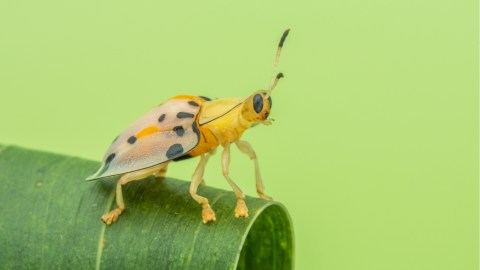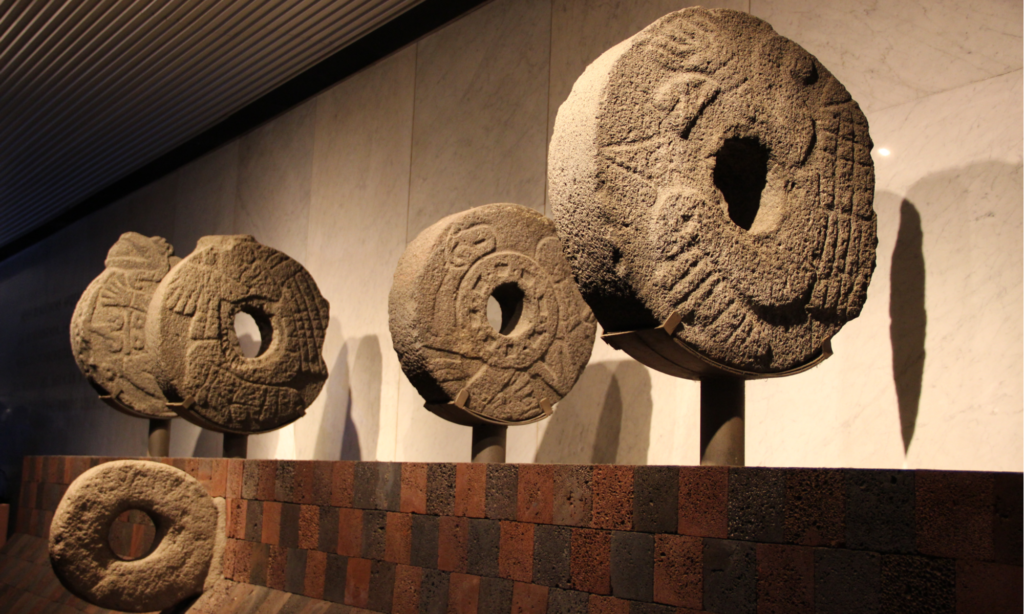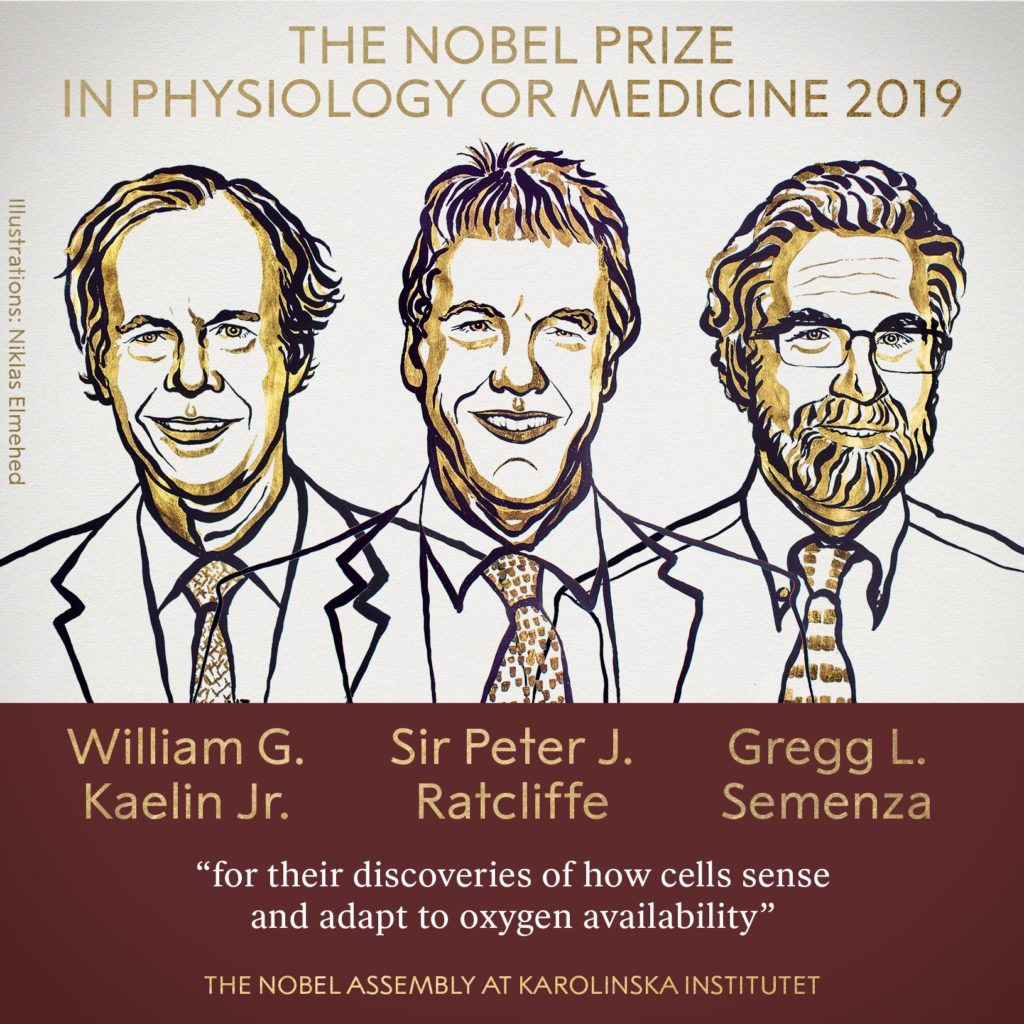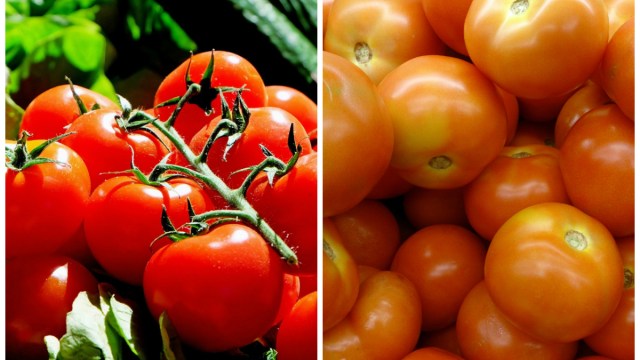Biology’s golden rule

The Golden Rule is found in many cultures and faith-based traditions.
In its positive sense, it affirms the moral imperative to help others. In the Christian Bible it often appears as “Do unto others as you would have them do unto you” (Luke 6:31); and in both the Jewish and Christian Bibles, it is also promoted as “Love your neighbor as yourself” (Leviticus 19:18, et al). This principle inspires acts of commission, of actively doing things that would benefit others.
But, the golden rule can also be inverted. For example, in response to a query to explain the entire Torah while standing on one foot, Hillel—a founding sage of Jewish law—offered this version: “What is hateful to you, do not do unto others” (Babylonian Talmud, Shabbat 31a). This latter version emphasizes acts of omission, of not doing things that would cause pain and suffering to others.
Symbiosis: Hippo and heron.
More good. Less bad. If heeded, both variants of the Golden Rule point us to a similar destination: a world in which we cause less harm and we perform more good. Doing both would bring about a better world.
Although the origin of the Golden Rule may lie thousands of years in the past, there is another variant of the rule, even more ancient that needs our attention. Biological in nature, this version has evolved over a billion years through a process called symbiosis.
Symbiosis is the interaction between two different organisms living in close association. In popular terms, it usually refers to mutualistic interactions in which both organisms benefit.
Although paradigms of the evolution of life have emphasized competition, antagonism, and the struggle for existence, biologists of all kinds increasingly recognize that organisms—including plants, insects, and mammals (and we humans are no exception)—live in close and essential association with microbial life.
Living with Microbes
As Ed Yong noted in his recent book I Contain Multitudes: The Microbes Within Us: “We exist in symbiosis … Some animals are colonized by microbes while they are still unfertilised eggs; others pick up their first [microbial] partners at the moment of birth. We then proceed through our lives in their presence. When we eat, so do they. When we travel, they come along. When we die, they consume us. Every one of us is a zoo in our own right—a colony enclosed within a single body. A multi-species collective. An entire world.”
Notably, without these microbes, the “host” organism, including us, would not be able to survive. Moreover, many of these microbes would not be able to survive without their host.
Bacteria nodules of roots fix nitrogen for pea plants.
For example, nitrogen fixing bacteria live in the roots of many plants on specialized “nodules,” particularly in the case of legumes like peas and beans. These bacteria transform atmospheric nitrogen into a form usable to their host plants. These plants do not take without giving back. By fixing carbon via photosynthesis, the plants provide carbohydrates for the bacteria to eat—a richer food source that the bacteria cannot readily generate on their own.
A second example: tortoise leaf beetles (pictured at the top of this page) live on an all-plant diet, but their ability to digest leaves is due to the metabolic capabilities of microbes that live inside their gut. The symbiotic bacteria Stammera have an unusually small genome, so small that the bacteria could not survive outside of the leaf beetle body. Instead, the bacteria have evolved and retained specialized genes that enable them to break down pectin, thus aiding the beetle while the beetle, in turn, provides a home, food, and energy for the bacteria to survive. There are many more examples.
Although the stories and players may differ, many symbiotic relationships share a common feedback mechanism, one of reciprocal complementarity. Each organism providing something to the other organism what the other organism does not or cannot make on its own. It is this mutually-beneficial feedback mechanism that underscores our proposal of the Golden Rule of Symbiosis:
“Do unto others what others cannot do for themselves.”
Indeed, the evolutionary origins of the eukaryotic cell are due to the uptake of a bacterial precursor of mitochondria—the energy producing center of modern eukaryotic cells, including our own. This means that symbiosis has been an operative principle of life for more than a billion years. For organisms like bacteria, insects, plants, and mammals, whose lives are governed by symbiosis, the golden rule need not be written down to reflect a genuine experience.
Write it down
People, by contrast, may benefit from having such a rule written down. The Jewish Bible, for example, offers this illustration: “When you see the donkey of your enemy lying under its burden and you would refrain from raising it, you must nevertheless raise it with him” (Exodus 23:5). The text prescribes performing for the other person what that person cannot do on their own.
It may appear that such acts should be done just once and benefit only the recipient while the performer gets nothing in return. Rabbinic sources insist, however, that this duty (mitzvah) to assist is obligatory as long as is necessary (M Baba Metzia, 2.10, et al). In 1836, Rabbi Samson Raphael Hirsch suggested that such rules are meant to guide us to become “a blessing whenever and wherever you can” (Nineteen Letters, 12.3), i.e., that is, through helping others. The obligatory act of helping the other thus rebounds back to your own benefit.
Indeed, such a rebounding benefit is key to understanding the evolution of symbiosis in the natural world. In Origin of Species, Charles Darwin recognized that a cooperative trait that lowered the reproductive success of an individual relative to other individuals in the population could not be maintained over evolutionary time. Thus, in natural systems, like the leaf beetle-bacteria system, each partner receives something that benefits its reproductive success in return.
Leafcutter, a type of fungus-growing ant.
Furthermore, in the biological world, symbiosis can come with some seemingly negative consequences. Repeated interactions by multiple partners often lead to obligatory mutualistic relationships. For example, fungus-growing ants are missing key elements of a pathway to make a critical amino acid that other ant species have; this is likely because the ants’ fungal symbionts have this capacity. Likewise, the Stammera bacteria described above have lost major components of their genomes throughout their evolution, likely because of the protective environment the host organism provides. Such losses in capabilities would lead to negative consequences for the symbiotic organisms should the partnership not be maintained. In essence, symbiosis in the biological world can lead to lasting mechanisms of reciprocal sharing.
The modern Jewish philosopher, Emmanuel Levinas, expands on this idea of mutual responsibility in his Otherwise Than Being. Drawing heavily from Judaic sources, Levinas argues that each person exists embedded in webs of obligation and responsibility, of caring for others in ways they cannot care for themselves. These duties to others are not just inescapable; they constitute each person’s very existence. In short, we need to help others, for that assistance is what makes each of us unique.
In short, the Golden Rule of Symbiosis—Do unto others what others cannot do for themselves—exists in both the organic natural world and in the dynamic social world. While, in the natural world, such cooperative partnerships have evolved over millions and millions of years, as humans, we have the choice to help others today. Were we to fully learn the lessons of this Golden Rule, perhaps it would enable us to make this world a better place for all.
(This post is part of Sinai and Synapses’ project Scientists in Synagogues, a grass-roots program to offer Jews opportunities to explore the most interesting and pressing questions surrounding Judaism and science. Joshua Weitz, Ph.D. is Professor of Biological Sciences and the Founding Director of the interdisciplinary PhD program in Quantitative Biosciences at Georgia Tech; Nicole Gerardo, Ph.D. is Associate Professor in the Department of Biology at Emory University in Atlanta; and Jonathan K. Crane, PhD, Rabbi, is the Raymond F. Schinazi Scholar in Bioethics and Jewish Thought at the Center for Ethics at Emory University. The three authors came together at Congregation Shearith Israel in Atlanta. Reprinted at ORBITER with permission.)
The post Biology’s Golden Rule appeared first on ORBITER.





